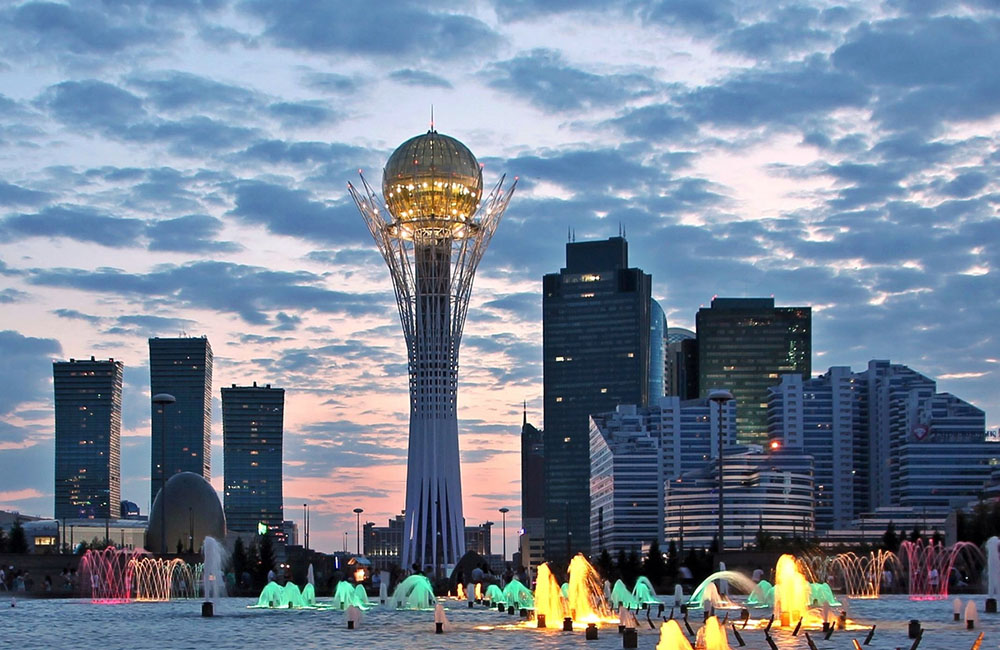

The city of Nur-Sultan, formerly known as Astana, is the capital of Kazakhstan and has undergone a remarkable transformation over the past few decades. Established as a city in 1830, it wasn't until the late 20th century that Nur-Sultan began to rapidly develop and gain significance as a hub of tourism.
With the decision to move the capital from Almaty to Astana in 1997 by President Nursultan Nazarbayev, the city's growth was propelled into high gear. The city was officially renamed Nur-Sultan in 2019, in honor of the former president. This transition sparked the beginning of Nur-Sultan’s journey as a tourism hotspot. Accompanied by futuristic architecture and a drive to establish itself as a Eurasian cultural center, tourism in Nur-Sultan has been steadily ascending.
The turn of the 21st century marked a period of substantial development, with significant investment in striking and unique architectural projects. The city's landscape began to feature groundbreaking design elements, anchored by structures such as the Bayterek Tower, a symbol of the city, and the Nur Astana Mosque, one of the largest in Central Asia.
Nur-Sultan's bold urban development was a conscious effort to attract tourists and to cement the city's status as a regional powerhouse. World-class facilities like the PALACE OF PEACE AND RECONCILIATION and the KAZAKHSTAN CENTRAL CONCERT HALL have further established the city as a locale for international conferences and cultural exchange.
In recent years, Nur-Sultan has continued to evolve as a tourist destination, with a particular focus on sustainability and diversity. Winter sports, eco-tourism, and cultural festivals are increasingly becoming part of the city's offerings. With improvements in visa regulations, Kazakhstan has become more accessible to international visitors, and Nur-Sultan is often the entry point for tourists exploring the broader region.
The introduction of the EXPO 2017 complex, originally designed to host the international exposition on Future Energy, has been pivotal in dazzling guests with its innovate energy theme and is now used for various exhibitions and events, drawing in even more visitors.
Nur-Sultan is also positioning itself as a significant stop on the modern Silk Road, a historic trade route connecting East and West. With this in mind, there is a burgeoning interest in cultural heritage tourism, as Nur-Sultan serves as a gateway to the vast steppes, historical cities, and the fabled landscapes that were once part of ancient trading routes.
The future of tourism in Nur-Sultan is one of potential and promise. The government's continued commitment to tourism infrastructure, alongside the natural curiosity of travelers around the world, ensures that Nur-Sultan will remain an exciting and evolving city for visitors. The city’s narrative is one of dynamic modernity entwined with a reverence for its historic roots, offering a unique destination for tourists seeking a blend of the contemporary and the traditional.